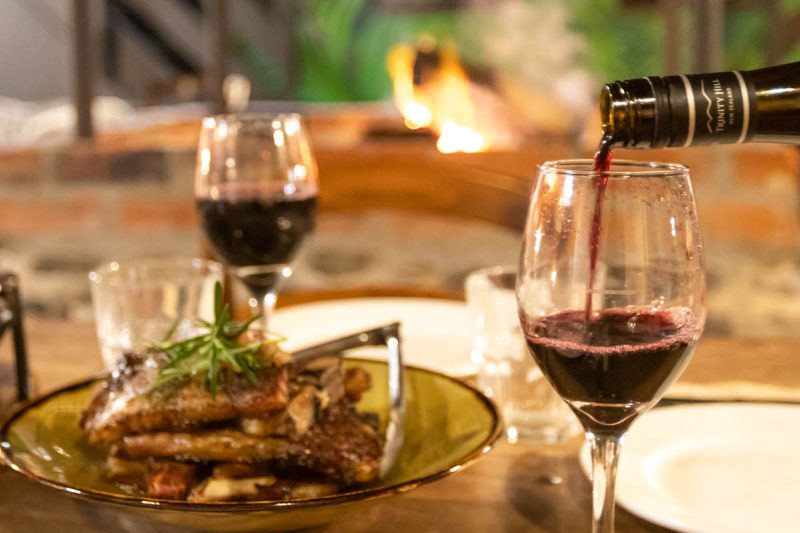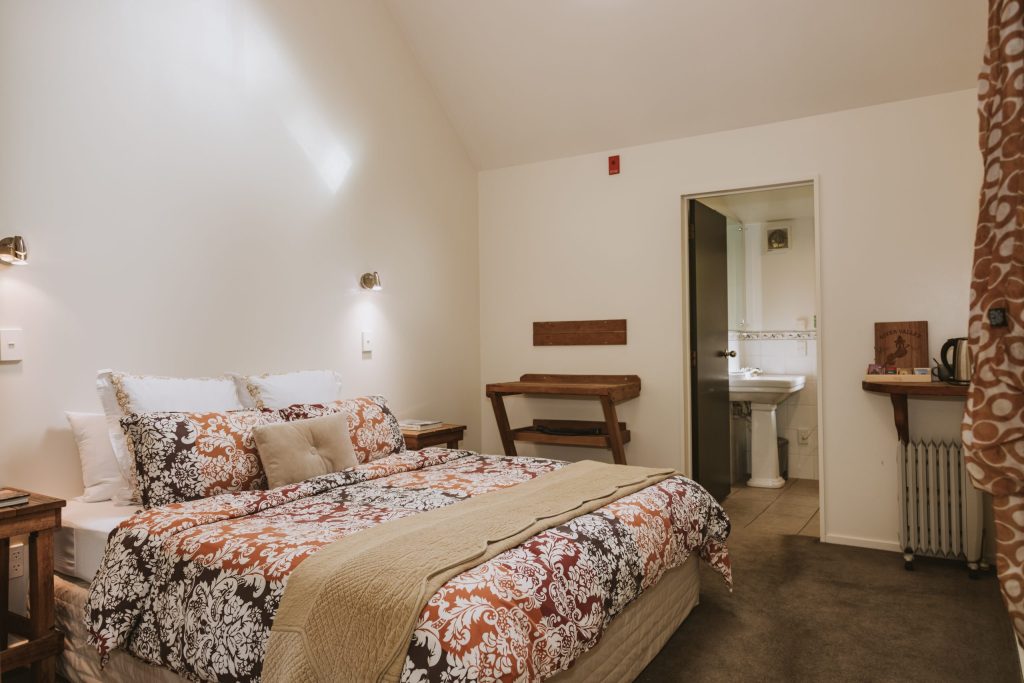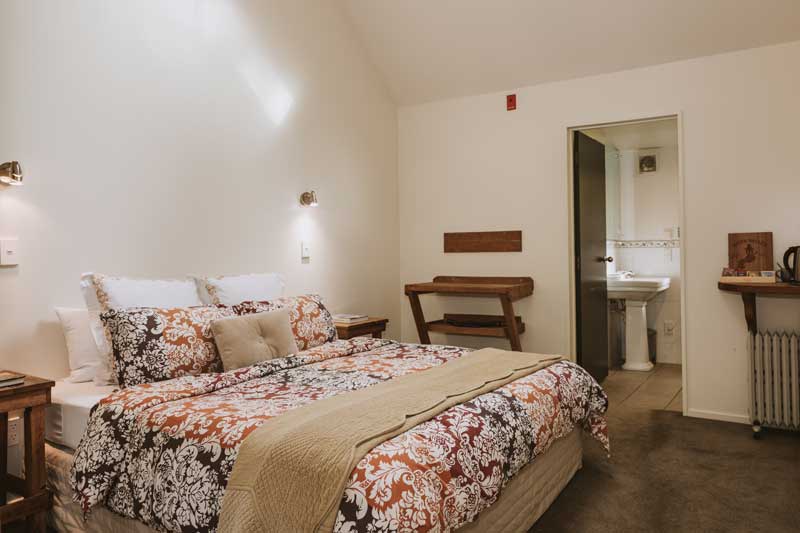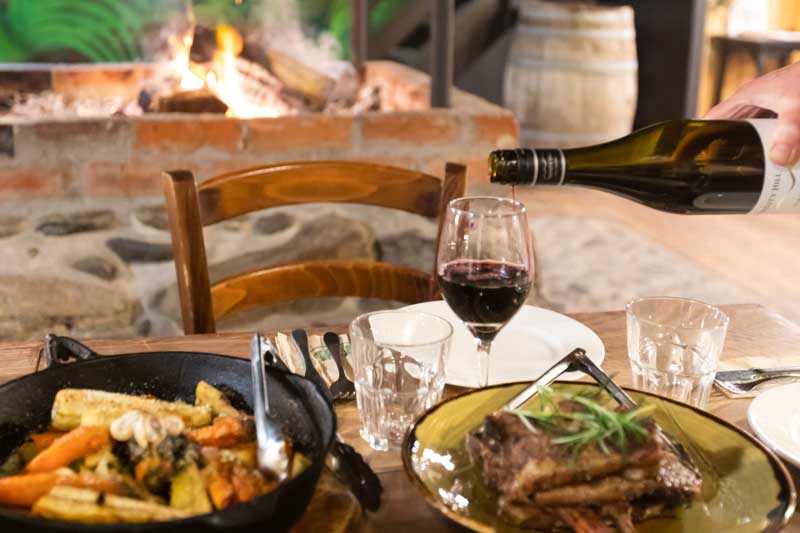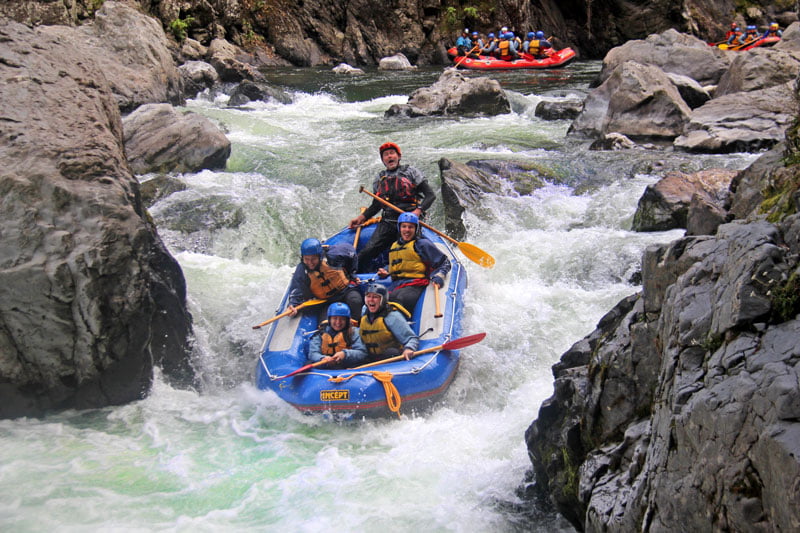Muscle and speed.
Back in the 1980s when I started guiding, emergency communications or comms consisted of muscle and speed. That meant someone either running overland, or paddling as fast down the river as possible to raise an alarm.
How times have changed!
However for us it is still not as easy as dragging out your cellphone from a waterproof box and making a call. Rather, we have a number of devices and systems that we can rely on to work well in the more isolated areas in which we take trips.
These devices include:
On theGrade 5 sectionand theAwesome Scenic Adventuresections of the Rangitikei River, and onhorse treks, radios are carried which operate through a repeater we have installed high on top (1000m) of a local landmark, Pukeokahu. The radio is monitored from the Lodge and shuttle vehicles.
Onmulti day river tripson the Ngaruroro, Rangitikei and Whanganui Rivers, a number of devices are used. These include Satellite phones, Emergency Locator Beacons and in some instances, even a cell phone.
Satellite Messengers are a new and evolving technology that we may add to other devices in the future.
Not An Ambulance at the Bottom of The Cliff
All these communication devices are wonderful, and reassuring for customers, guides and base staff that in an emergency quick and reliable communications are available. However, they are the ambulance at the bottom of the cliff, and at the end of the day we only really want to use them for routine check ins.
The hope is always not to have to use them, and to achieve that we rely on solid safety systems, good guides, and training.
We have come a long way from relying on muscle and speed.
Brian Megaw

The WCO team about to leave an isolated camp on the Ngaruroro River in October 2016.














































